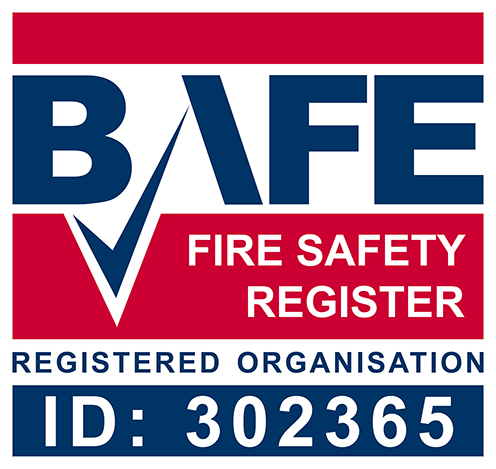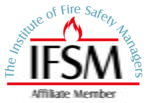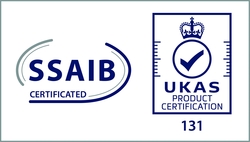Fire resisting doors are an essential passive fire protection measure in any building. These doors are critical fire safety devices, that serve as protective barriers against smoke and the spread of fire which in turn can help protect a property and its occupants from the devastating impacts of fire. Fire doors help to:
However, these fire doors will only be an effective protection measure if they are installed properly and regularly maintained and inspected. They can be subject to damage from misuse or wear and tear which can prevent them from functioning as they should. This is where fire door inspections come in. Fire door inspections are often recommended under fire risk assessments, which is a requirement of the Regulatory Reform (Fire Safety) Order 2005 for most buildings.
|
|
In a fire door inspection, a building’s fire doors are thoroughly examined and any necessary remedial works are recommended. This will allow the responsible person to form an action plan, and approach contractors for remedial quotations, and to ensure that the fire doors are in good working condition and can provide the necessary protection needed in case of a fire.
A fire door inspection typically includes the following:
1. Visual Inspection
This is the first step of a fire door inspection. It is a comprehensive visual inspection of each fire door which includes:
- Checking the door for physical damage
- Ensuring that the door fits well within its frame
- Examining the hardware such as latches and hinges
- A review of the fire door signage
2. Checking the door’s operation
An extremely important part of a fire door inspection is testing that the door operates correctly. A fire door is a safety exit, so it is imperative that the door opens and closes smoothly. If a fire door is not operating how it should, it could prevent people from escaping burning buildings which poses an injury threat and also a threat to life.
3. Checking the smoke seals and intumescent strips
This part of the inspection is critical. A fire door is designed to prevent smoke and flames from spreading, therefore the seals should be intact and there should be no gaps between the door and frame where smoke and flames could pass through.
Within this part of the inspection, the inspector will also check if the fire door latches securely and that there is no visible gap between the door and frame where smoke or fire could get through.
4. Verification of Labelling
Fire doors are required to have specific labelling to indicate that they meet the necessary fire safety standards. The inspector will examine the labelling to ensure that it is up-to-date and legible. They will also check that the fire door matches the requirements for that specific kind of door.
5. Assessment of Clearance
Fire door gaps should be 2-4mm. The maximum gap allowed under a fire door is generally 8mm depending on the specification. However, if a door already has smoke protection added, the maximum bottom threshold gap allowed would also be 2-4mm. This gap is known as the clearance. In this part of the inspection, the inspector will measure to check that the clearance falls within the recommended range for that specific type of door.
6. Verification of Hardware Compatiblity
Specific fire doors require specific hardware to ensure their effective functionality. Hardware such as locks and hinges are inspected in this part of the process to ensure that they are compatible with the fire door and meet the necessary safety requirements.
7. Verification of Fire Rating
Fire doors are rated based on their ability to withstand smoke and fire for a specified time period. In this final part of the inspection process, the inspector will verify the rating on the fire door and make sure that it has the appropriate rating for its location and meets the necessary fire safety standards.
View this post on Instagram
8. Report
Lastly, once the inspection has been completed, the inspector will provide a detailed report that details if there were any deficiencies found whilst conducting the inspection. If any are found, the responsible person for that building will be accountable for correcting them. This will ensure that the fire doors are in good working order and will make certain that they are safe, functional and reliable.
How often should I get my Fire Doors inspected?
Generally, 6 months is an ideal amount of time between fire door inspections. However, doors that receive a high degree of usage should be checked more regularly as they are more subjective to wear and tear. Additionally, recently installed doors, or doors in newly occupied buildings, should be inspected at least once a month to ensure that no problems have developed as the doors settle.
If you require a fire door inspection, don’t hesitate to get in touch with us. Having inspected over 100,000 fire doors, you can guarantee that Pyro Fire’s friendly and competent surveyors will be meticulous in their approach to confirm whether your fire doors are compliant.
Not sure where to start?
Speak to our teamKey accreditations
We’re on a mission to mitigate risk by pioneering new standards in competence and technology to protect more buildings and people. Maintaining our key accreditations are just one of the ways we do this.










